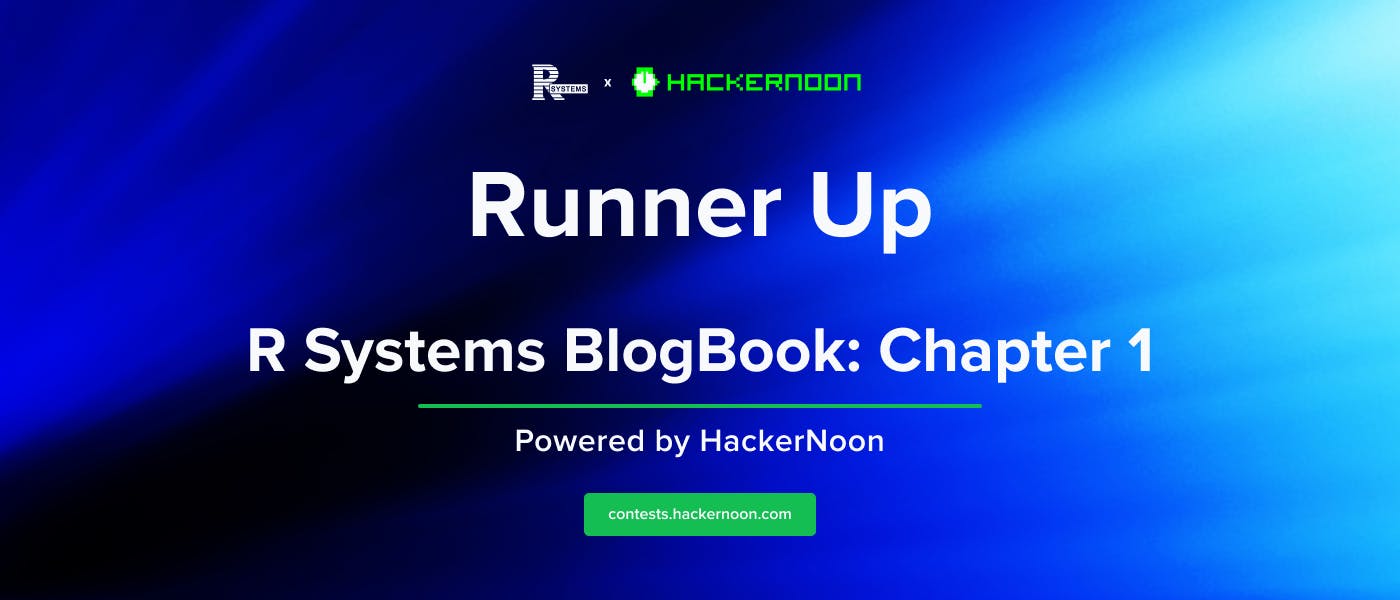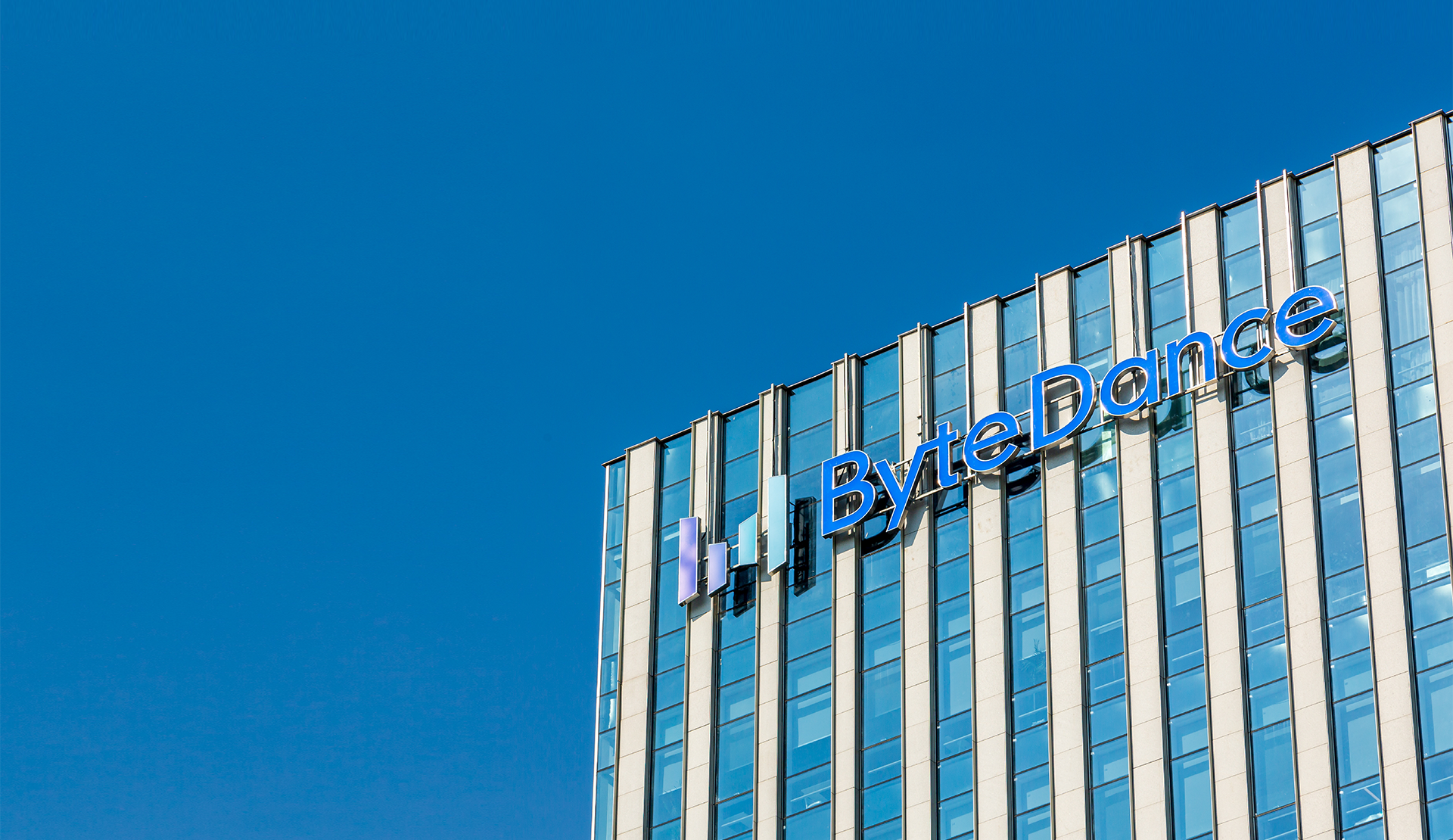As software systems grow more complex, microservices have become the go-to way to build apps that are scalable, resilient, and easier to maintain. But with that flexibility comes a trade-off: things get harder to track. Understanding how all the moving parts behave across a distributed system isn’t easy, and that’s exactly why observability isn’t just nice to have anymore, it’s a must.
Observability extends beyond traditional monitoring to provide deep insights into the internal state of complex systems based on their external outputs. While monitoring tells you when something is wrong, observability helps you understand why it’s wrong—often before users notice issues.
The Three Pillars of Observability
1. Metrics: Quantitative System Behaviour
Metrics provide numerical representations of system and business performance over time. They are typically lightweight, highly structured data points that enable teams to detect trends and anomalies.
Key Metrics Types:
- System metrics: CPU, memory, disk usage, and network throughput
- Application metrics: Request rates, error rates, and response times
- Business metrics: User engagement, conversion rates, and transaction volumes
- Custom metrics: Domain-specific indicators relevant to your particular services
Advantages of Metrics:
- Low overhead for collection and storage
- Easily aggregated and analyzed with statistical methods
- Ideal for alerting on known failure conditions
- Perfect for dashboards and real-time visualization
Effective metrics implementation involves establishing baselines for normal behaviour and setting appropriate thresholds for alerts. The RED method (Rate, Errors, Duration) and the USE method (Utilization, Saturation, Errors) provide frameworks for which metrics to prioritize.
2. Logs: Detailed Event Records
Logs represent discrete events occurring within applications and infrastructure components. They provide context-rich information about specific actions, errors, or state changes.
Logging Best Practices:
- Implement structured logging with consistent formats (JSON is popular)
- Include contextual information (service name, version, environment)
- Add correlation IDs to trace requests across services
- Apply appropriate log levels (DEBUG, INFO, WARN, ERROR)
- Practice log rotation and retention policies
Log Management Challenges:
- High volume in distributed systems
- Storage costs and performance impacts
- Finding the right signal in noisy data
- Balancing verbosity with performance
Modern log management solutions centralize logs from all services, enabling search, filtering, and analysis across the entire system. They often support features like pattern recognition and anomaly detection to identify issues proactively.
3. Traces: Request Journeys
Distributed tracing follows requests as they propagate through microservices, creating a comprehensive view of the request lifecycle. Each trace consists of spans—individual operations within services—that form a hierarchical representation of the request’s path.
Tracing Components:
- Trace IDs: Unique identifiers for end-to-end requests
- Spans: Individual operations within a trace
- Span context: Metadata that accompanies spans across service boundaries
- Annotations/tags: Additional information attached to spans
Tracing Benefits:
- Visualize request flows across complex architectures
- Pinpoint performance bottlenecks and latency issues
- Understand service dependencies and interaction patterns
- Debug complex distributed transactions
Effective tracing requires instrumentation across all services, typically through libraries that automatically capture timing data and propagate trace context between services.
Implementation Strategies and Tools
Service Mesh
Service meshes like Istio, Linkerd, and Consul provide out-of-the-box observability by intercepting service-to-service communication at the network level.
Key Features:
- Automatic metrics collection: Request volumes, latencies, and error rates
- Distributed tracing integration: Propagation of trace headers
- Traffic visualization: Service dependency maps
- Advanced traffic management: Circuit breaking, retries, and traffic splitting
Service meshes are particularly valuable in Kubernetes environments, where they can be deployed as sidecar proxies without code changes to the services themselves.
Open Telemetry: The Unified Standard
Open Telemetry has emerged as the industry standard for instrumentation, offering a vendor-neutral way to collect and export telemetry data.
Components:
- API: Defines how to generate telemetry data
- SDK: Implements the API with configuration options
- Collector: Receives, processes, and exports telemetry data
- Exporters: Send data to various backend
By adopting Open Telemetry, organizations avoid vendor lock-in and can switch between different observability backend as needed.
Monitoring Platforms
Various solutions exist for storing, analyzing, and visualizing observability data:
Popular Combinations:
- Prometheus + Grafana: Open-source metrics monitoring and visualization
- ELK Stack (Elasticsearch, Logstash, Kibana): Log aggregation and analysis
- Jaeger/Zipkin: Open-source distributed tracing
- Commercial Platforms: Datadog, New Relic, Dynatrace, Honeycomb
Many organizations adopt a mix of tools, though unified observability platforms are gaining traction for their ability to correlate across metrics, logs, and traces.
Observability Challenges in Microservices
Data Volume and Cardinality
Microservices generate enormous volumes of telemetry data with high cardinality (many unique combinations of dimensions). This creates challenges for:
- Storage costs: Balancing data retention with budget constraints
- Query performance: Maintaining speed with increasing data volume
- Signal-to-noise ratio: Finding relevant information in vast datasets
Context Propagation
Maintaining context across service boundaries requires careful consideration:
- Consistent headers: Standardized formatting for trace IDs and context
- Asynchronous operations: Preserving context across message queues
- Third-party services: Handling external systems that don’t support your tracing mechanisms
Tool Proliferation
The observability landscape features numerous specialized tools, leading to:
- Integration complexity: Ensuring tools work together seamlessly
- Knowledge fragmentation: Requiring teams to learn multiple systems
- Cost management: Controlling expenses across multiple vendors
Best Practices for Microservices Observability
Instrumentation Strategies
- Default to instrumentation: Make observability a standard feature, not an afterthought
- Use auto-instrumentation where possible to reduce development overhead
- Standardize on consistent libraries across services and teams
- Consider observability in APIs by designing with traceability in mind
Health Monitoring and SLIs/SLOs
- Implement service health checks for basic availability monitoring
- Define Service Level Indicators (SLIs) that reflect user experience
- Establish Service Level Objectives (SLOs) as targets for reliability
- Create error budgets to balance reliability with development velocity
Alerting Philosophy
- Alert on symptoms, not causes: Focus on user impact
- Reduce alert fatigue: Eliminate noisy or redundant notifications
- Establish clear ownership: Route alerts to the right teams
- Create actionable alerts: Include context and possible remediation steps
Observability as Culture
- Shift left: Integrate observability into the development process
- Conduct observability reviews alongside code reviews
- Practice chaos engineering to verify observability during failures
- Create playbooks for common scenarios identified through observability data
New Relic’s Comprehensive Approach to Microservice Observability
What sets New Relic apart is its unified platform approach to observability. Rather than cobbling together multiple specialized tools, New Relic provides end-to-end visibility across your entire microservice ecosystem through a single pane of glass. New Relic provides Alerts that help in clearing noise fixing issues before they become bottleneck. It provides synthetic routes which helps in determining the health of services. It provides NerdGraph api to automate scaling etc based on alerts or event we can use legacy rest api. Below are the cutting-edge facilities provided by New Relic.
Service Architecture Intelligence
At the core of New Relic’s microservice observability is Service Architecture Intelligence. This capability automatically discovers and maps relationships between services, providing real-time visualization of your service dependencies. Engineers can quickly identify bottlenecks, troubleshoot issues, and understand how changes to one service might impact others. The service architecture maps are not static diagrams but dynamic visualizations that reflect your system’s actual behaviour. They update automatically as your architecture evolves, ensuring your team always has an accurate understanding of service relationships without manual documentation efforts.
Queues & Streams Monitoring
Modern microservice architectures rely heavily on message queues and streams for asynchronous communication. New Relic’s Queues and Streams monitoring provides bi-directional visibility that connects topics to both producer and consumer services. This innovative approach allows DevOps teams to quickly identify and resolve issues such as slow producers, overloaded topics, or struggling consumers. With granular insights into Kafka health down to the cluster, partition, broker, topic, producer, and consumer level, teams can proactively detect potential bottlenecks before they impact system performance.
Fleet and Agent Control
Managing instrumentation across numerous microservices can be time-consuming and error-prone. New Relic’s Fleet Control and Agent Control provide a comprehensive observability control plane that centralizes all instrumentation lifecycle tasks across your entire environment. With these tools, teams can: Centralize agent operations to reduce manual toil Upgrade agent versions for entire service fleets with just a few clicks Eliminate telemetry blind spots in Kubernetes clusters Automate instrumentation at scale with APIs for instrumentation-as-code This capability is particularly valuable for microservice environments where manual agent management across hundreds of services would be impractical.
Enhanced Application Performance Monitoring (eAPM)
New Relic’s eAPM leverages eBPF technology to provide deep insights into application performance without modifying code or restarting services. This is crucial for microservice environments where traditional instrumentation approaches might be challenging.
The eAPM capability offers:
- AI-powered insights that automatically correlate metrics across applications and Kubernetes clusters
- Monitoring of golden metrics, transactions, and database performance
- Seamless transition to traditional APM agents when deeper insights are needed
This allows teams to quickly implement observability across their microservice landscape without extensive instrumentation work.
Cloud Cost Intelligence
Microservice architectures typically run in cloud environments where costs can quickly spiral out of control. New Relic’s Cloud Cost Intelligence capability provides real-time, comprehensive visibility into cloud resource costs, allowing teams to: See and manage cloud costs across the organization Estimate cost impact of compute resources before deployment Automatically collect and visualize real-time telemetry data for deeper cost insights Enable collaboration between engineering, finance, and product teams to align spending with business goals This integration of cost data with performance metrics helps teams make informed decisions about service optimization and resource allocation.
Real-Time Collaboration and Knowledge Sharing
Effective microservice observability requires cross-team collaboration. New Relic facilitates this through Public Dashboards, enabling teams to share critical insights with stakeholders inside and outside the organization.
These dashboards allow teams to
- Create and share insights easily using New Relic’s unified database and query language
- Provide real-time metrics to audiences without requiring a New Relic login
- Implement role-based access controls for security
This capability breaks down silos between development teams, operations, and business stakeholders, fostering a unified approach to service reliability.
The Future of Microservices Observability
The field continues to evolve with several emerging trends:
- AI-powered analysis: Machine learning to detect anomalies and suggest root causes
- eBPF technology: Kernel-level instrumentation with minimal overhead
- Open Telemetry convergence: Continued standardization of telemetry collection
- Observability as code: Defining observability requirements alongside infrastructure
Conclusion
Effective observability transforms microservices from opaque black boxes into transparent, debuggable systems. By implementing a comprehensive strategy encompassing metrics, logs, and traces, organizations can build confidence in their distributed architectures and deliver more reliable user experiences.
The investment in observability pays dividends not just in reduced downtime and faster debugging, but in enabling teams to innovate with confidence, knowing they can understand the complex systems they build and maintain.











